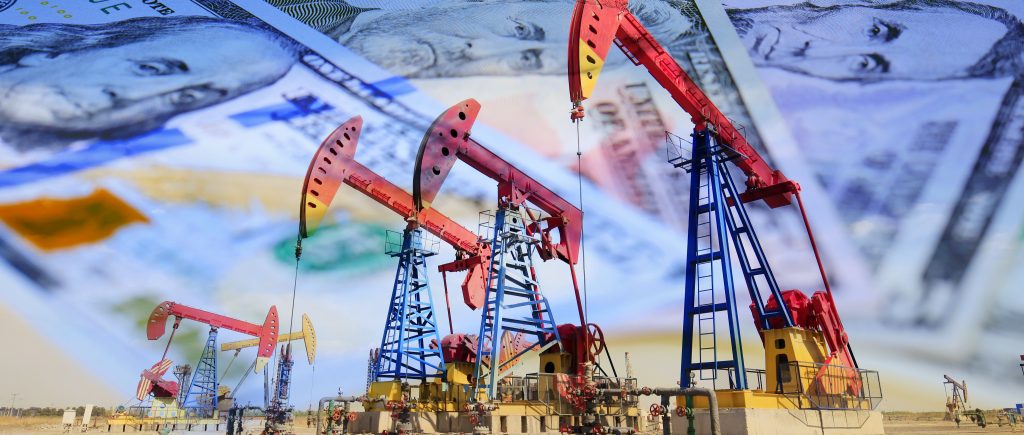Oil prices rose on Monday, fueled by escalating worries over potential supply disruptions from Middle East producers after Israel intensified its attacks on Iranian-backed forces in the region.
As of 03:30 GMT, Brent crude futures for November delivery climbed by 51 cents, or 0.71%, to $72.49 a barrel. The more active December contract saw a similar increase, gaining 50 cents, or 0.7%, to reach $72.04. Meanwhile, U.S. West Texas Intermediate (WTI) crude futures rose by 43 cents, or 0.63%, to $68.61 a barrel.
This uptick follows a week where Brent and WTI declined by around 3% and 5%, respectively, driven by concerns over demand after China’s recent fiscal stimulus failed to restore market confidence.
The possibility of an expanded conflict in the Middle East involving Iran, a significant OPEC member and oil producer, has contributed to the recent price surge. Israel’s intensified military actions against Iranian-backed groups such as Hezbollah and the Houthis have raised fears of potential supply interruptions from key oil-producing areas.
According to Priyanka Sachdeva, senior market analyst at Phillip Nova, while oversupply remains a concern, the broader market is wary of any escalation in the Middle Eastern crisis that could impact oil supplies from crucial producers.
Over the weekend, Israel expanded its confrontation with Iranian allies, striking Houthi targets in Yemen and escalating conflict with Hezbollah in Lebanon, resulting in the death of its leader, Hassan Nasrallah. In response, U.S. Defense Secretary Lloyd Austin authorized reinforcing military presence in the Middle East, with the Pentagon warning of possible defensive action should Iran or its proxies threaten U.S. interests.
Market analyst Tony Sycamore from IG noted that oil prices will continue to be influenced by supply and demand factors, especially as OPEC+’s voluntary supply cuts are set to end on December 1. He suggested that WTI could test its 2021 lows, ranging between $61 to $62 a barrel, if the situation escalates.
Later in the day, attention will turn to Federal Reserve Chair Jerome Powell’s comments, as well as insights from seven other Fed policymakers expected to speak this week. Markets are also eyeing key economic indicators, including job openings, private hiring data, and ISM surveys on manufacturing and services.
According to Phillip Nova’s Sachdeva, the easing of monetary policies by the Federal Reserve and other central banks may signal a potential economic recovery on the horizon.
 Noor Trends News, Technical Analysis, Educational Tools and Recommendations
Noor Trends News, Technical Analysis, Educational Tools and Recommendations





